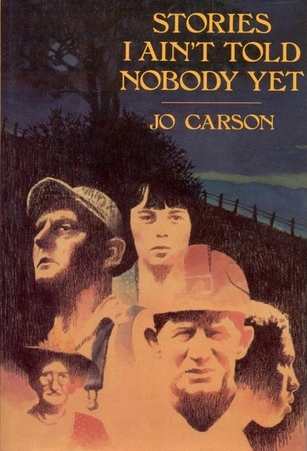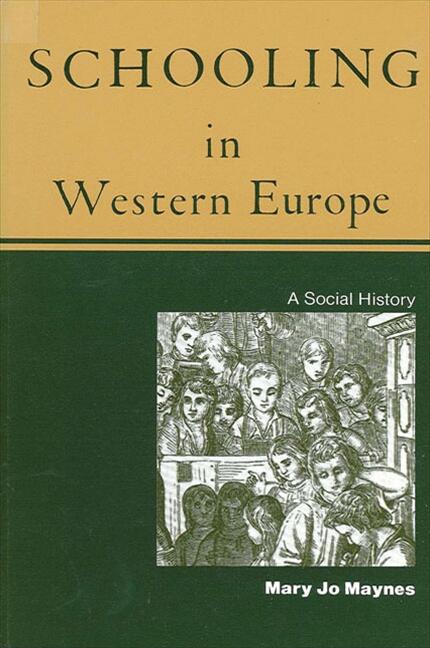But, Duveau argues, it was the anarchist Proudhon who was the most influential thinker of the French workers' movement in its early years, and his ideas come up again and again in educational proposals of working-class militants. Like Cobbett in England, Proudhon valued an education that would reflect the values and interests of working-class families; but like many of the British radicals, his thinking was explicitly patriarchal. He claimed in one essay that "the single essential thing, is that the school-teacher please the fathers of families, and that there are teachers for them to send or not to send their children to...." He insisted on domestic education, the training of young children at home by their mother reflecting both his suspicion of the state and his rigid gender role stereotyping.
I read this with one of my students, and both of us found it a bit boring. That's about all I can say for the book. Neither of us really enjoyed it. It was just... something we had to read.
But finding the following sentence in its marketing descriptions has made me find it more obnoxious:
At a time when childhood obesity rates are soaring and money is tight for many families, here is a book that invites readers to join in the fun of active play with games that cost nothing.
I would not support books that use fatphobia to try to sell themselves, so download (and print) it if you want to read it. The author or illustrator (or both) should also be working against this, as "outdoor play" is not a solution to childhood obesity... But a whole range of other things that are not individual solutions …









